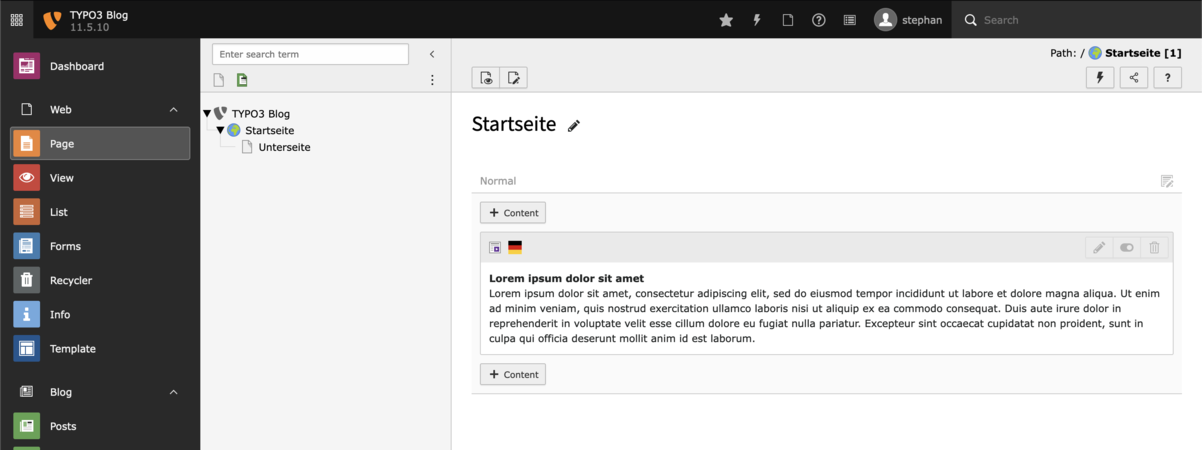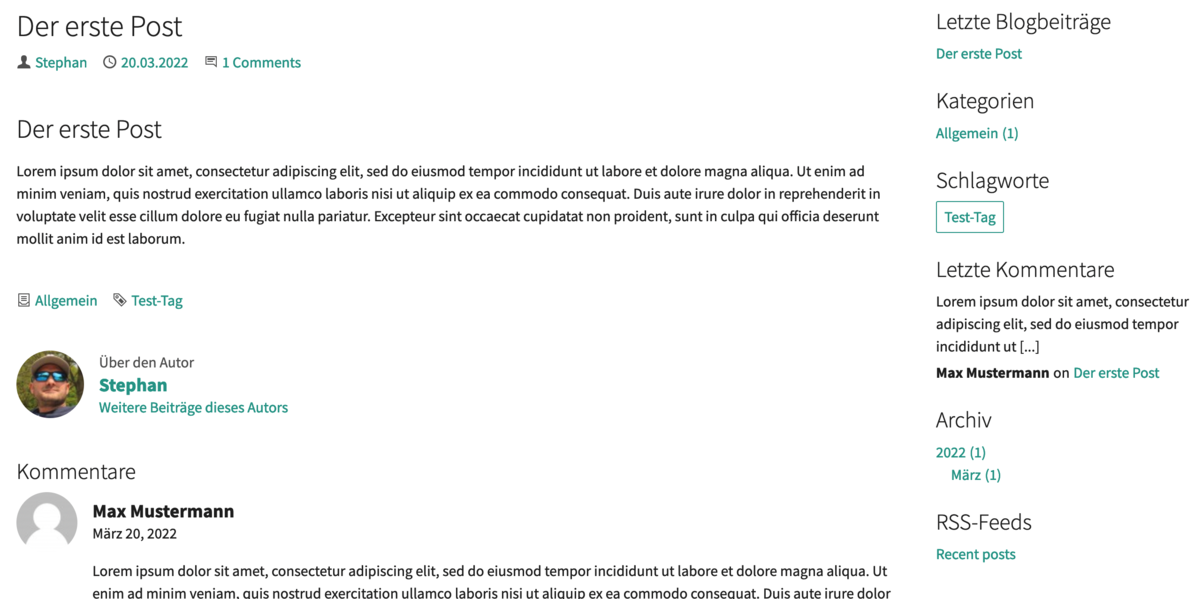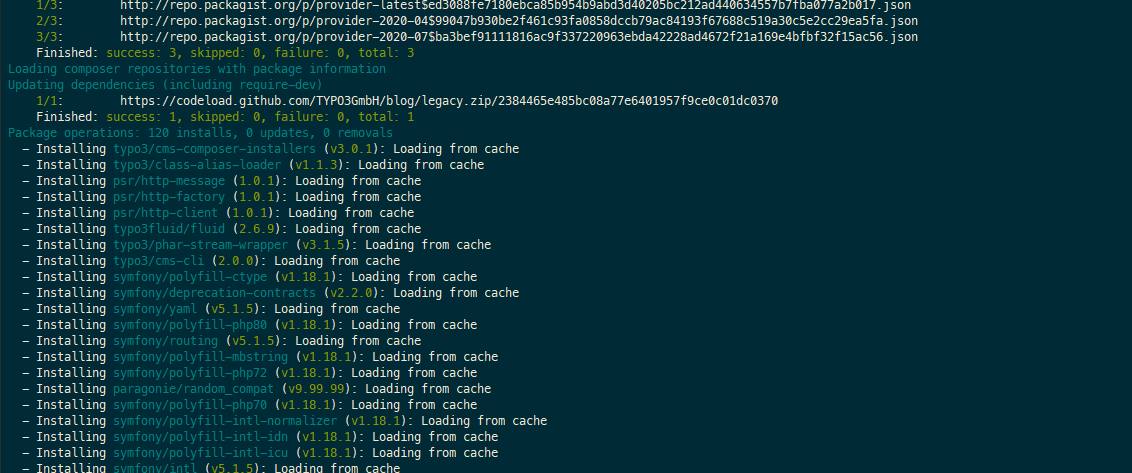Hashtag TYPO3Flag
Thanks to Oliver Klee I am now the proud owner of a TYPO3 flag. With the old logo!
Now I just have to dig out a wall where I can mount it. That will be a task, since my home office is in the attic, whose walls are all completely plastered. I think I will be kicked out if I try to attach the flag with drawing pins or something similar.
Nonetheless, I don't want to keep the flag forever. I have in mind that the flag will travel to another TYPO3 enthusiast every three months and I will record the journey here (if the recipient agrees). I am curious if anyone is interested in the flag and the idea at all. I suggest that people can contact me in any way: as a comment in this article, as a reply from this mastodon toot (I don't like this word at all) or even by email. I will collect everything and announce the hopefully lucky winner at the end of January, who will receive the flag from me at the beginning of April (I will ask for the address).






